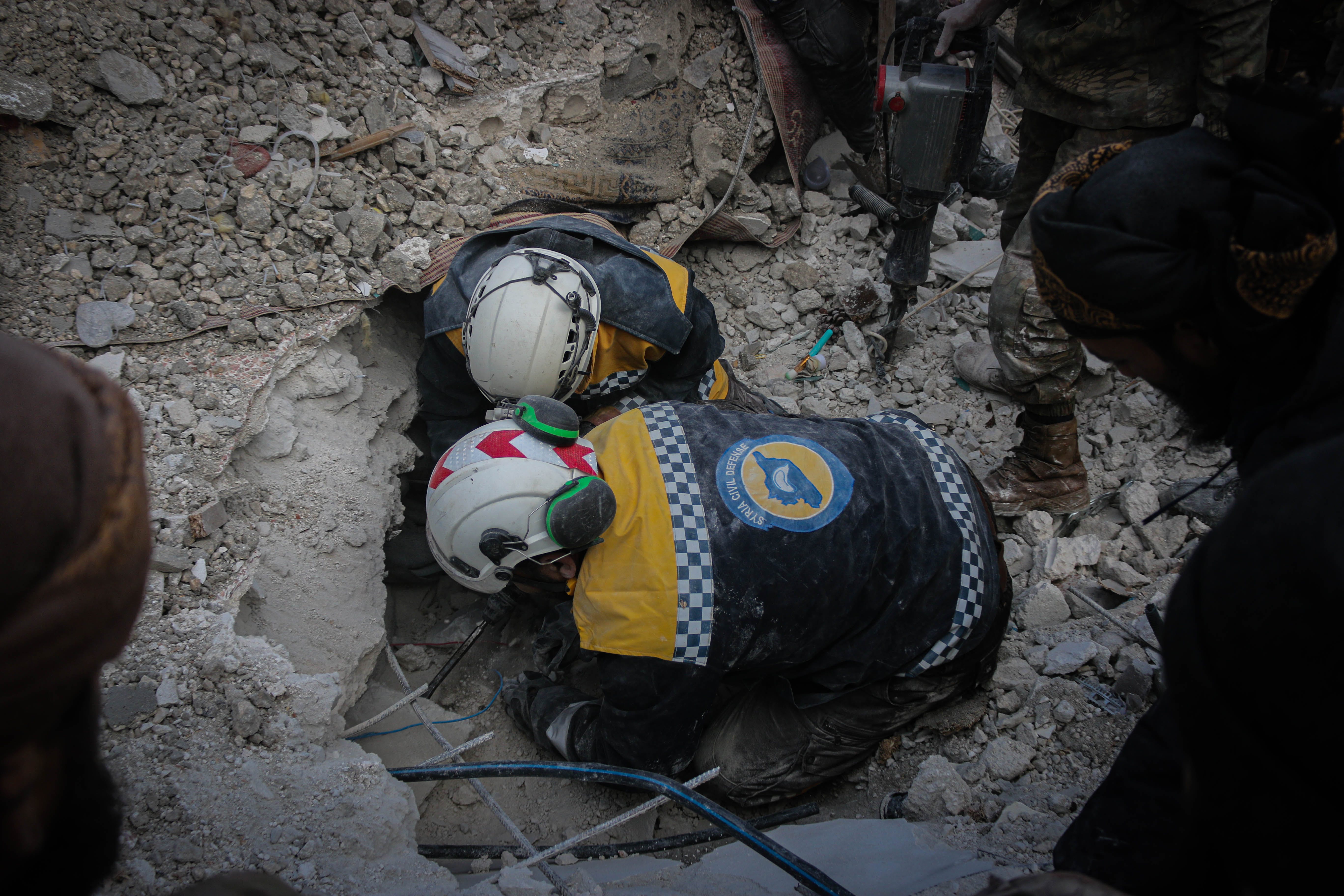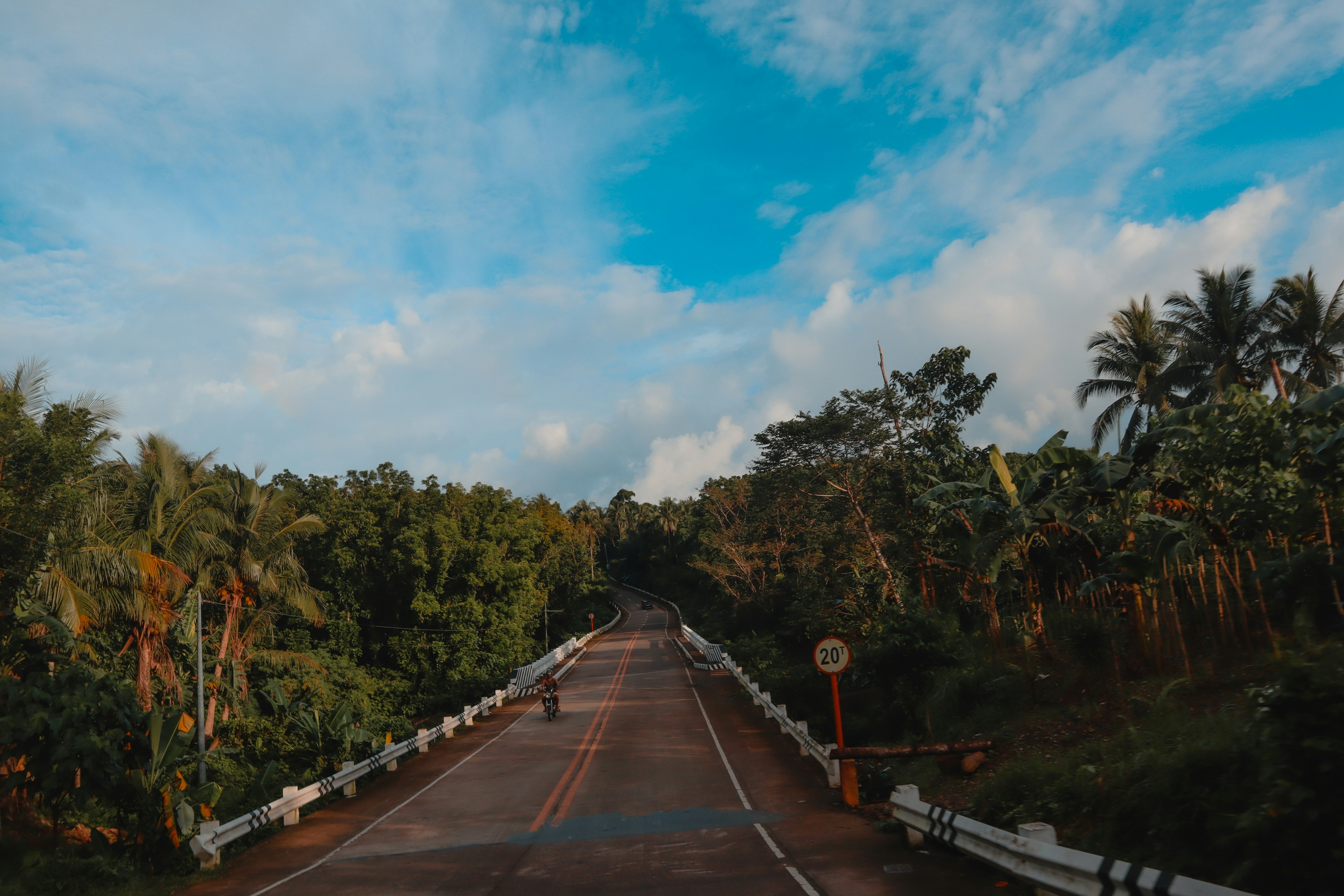This post was originally published on whydev.org
Some great stories came out last week highlighting the critical role that women played during the response to cyclone Winston in Fiji, including rebuilding markets, providing counselling and taking care of the most vulnerable – the elderly, children, and people living with disabilities. We don’t always hear about these stories, and we should hear more.

Cyclone Winston at peak intensity near Fiji, 20 Feb 2016. Photo from Wikimedia Commons.
Although the UN’s Humanitarian Coordinator for this response, Osnat Lubrani, is a seasoned official with a background working with UN Women, she is one of only a handful of women in leadership positions in this region, and indeed in the Asia-Pacific more broadly.
Whilst there is plenty of work going on in how to best assist women during a humanitarian response (including initiatives like the IASC Gender Marker, minimum standards, and handbooks), we need to move towards ensuring women are playing leadership and decision-making roles in managing the response itself. A recent study by the UN concludes that humanitarian response outcomes are more effective and inclusive when women are in decision-making roles.
As of January 2016, there are 29 UN Humanitarian Coordinators globally and only 9 of these are women. As the professional humanitarian workforce worldwide consists largely of women, up to 75%, this disparity seems even more at odds with the rhetoric about empowerment and equality. If humanitarian missions reflect their own organisational climate, only when the organisation itself relies on gender equal structures can its mission produce real change.
In the lead up to the World Humanitarian Summit in Istanbul in May 2016, there is a growing acknowledgement of just how differently disasters impact on women and men. The ‘how’ involving women not just as ‘beneficiaries’ but as agents of change and as leaders in humanitarian action at the highest levels is a critical issue.
The Commission on the Status of Women (CSW) currently being held in New York is highlighting women as first responders in emergencies – but let’s move beyond this – what can we do?
- Elevate women to leadership positions in bodies like National Disaster Management Offices and in other government departments that make policy, plans and decisions around humanitarian action.

Tawakkul Karman, Leymah Gbowee, and Ellen Johnson Sirleaf display their awards during the presentation of the Nobel Peace Prize, 2011. Photo by Harry Wad, from Wikimedia Commons.
- Address the lack of women’s participation (which is currently less than 9%) in the brokering of cease fire agreements and peace negotiations, as promoted under the Women, Peace and Security Agenda.
- Leverage the recent launch of the Department of Foreign Affairs and Trades (DFAT) Women in Leadership Strategy. This could be a fantastic starting point for women in Australian government to lead and support women leaders in humanitarian action.
- Support ActionAid’s request, along with other international NGOs and women’s organisations, for a World Humanitarian Summit Pledge to ensure women’s leadership in disaster planning, management and response.
- Recognise that this challenge is symptomatic of a larger problem – that of women’s lack of representation in global decision-making bodies. Supporting initiatives like the campaign for the 9th UN Secretary General to be a woman are all part of the movement.
Women in Fiji have been described as the backbone of Fiji’s recovery. We hope that other women, both in affected countries and in the international humanitarian community, can share the decision-making and leadership roles in future responses.
Featured image shows footprints in the sand. Photo from Pixabay.






